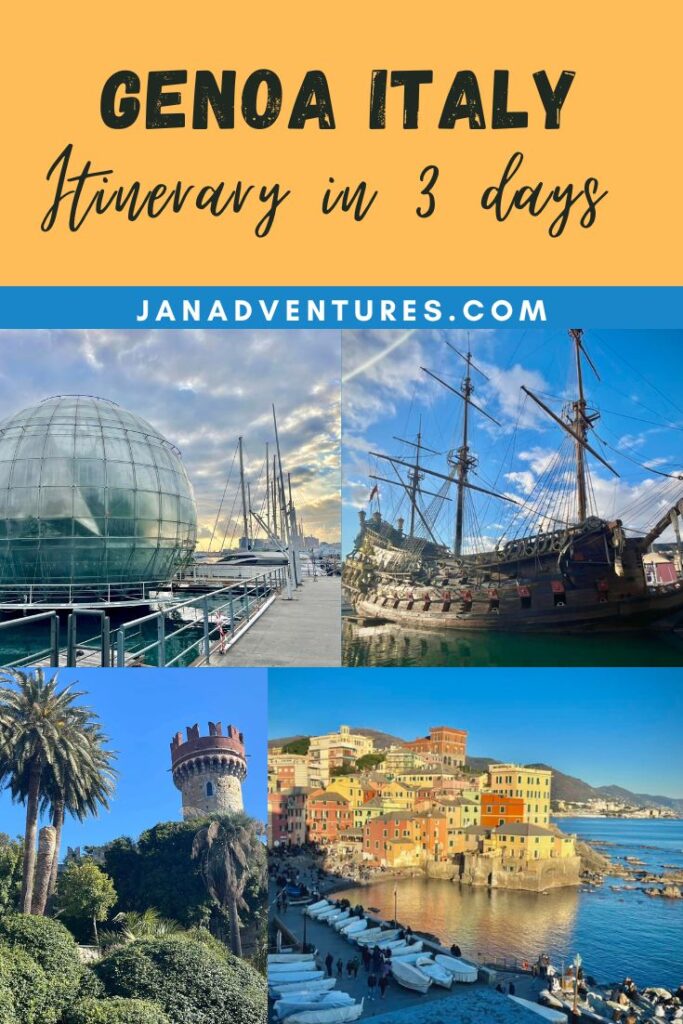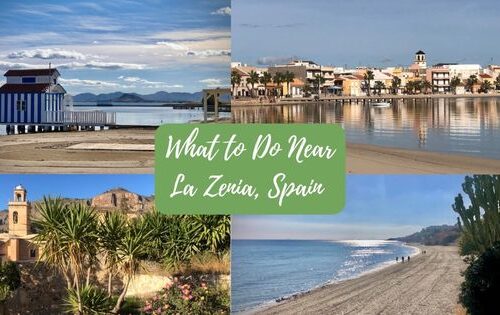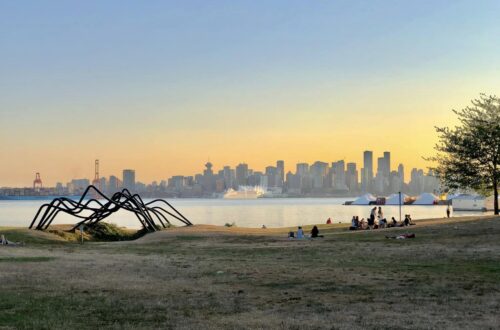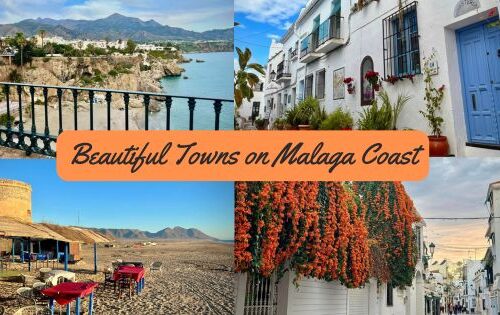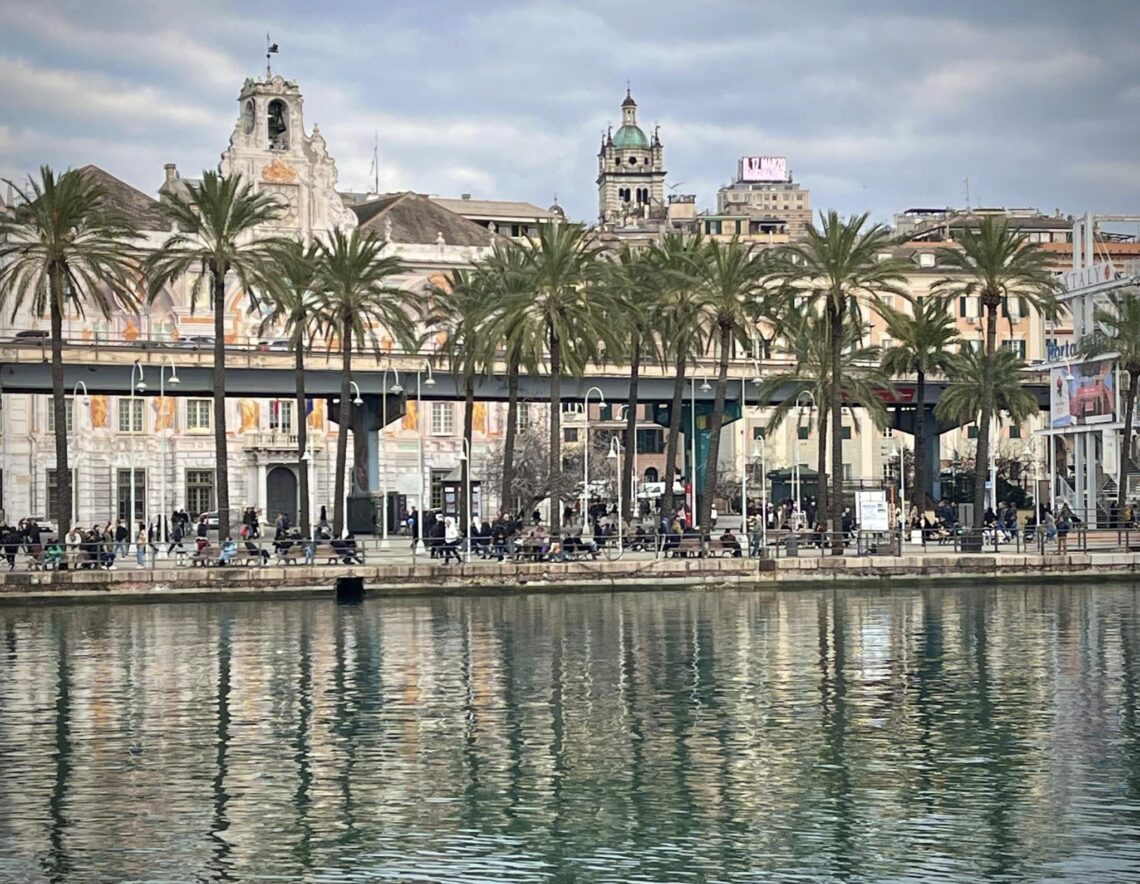
Genoa Italy Itinerary in 3 Days
If you’ve never been to Genoa (Genova) Italy, you’ll want to use my 3-day itinerary to not miss the highlights of this amazing city!
I visited Genoa in February of 2025 to discover a new area of Italy after visiting many other parts of Italy over the years. I was not disappointed in Genoa!
There are many beautiful areas in Genoa as well as other scenic coastal towns to discover. We had our car as we drove from Switzerland, but you can easily access the different towns by train.

Day One
Porto Antico

On our first day, we arrived in the afternoon but wanted to take advantage of daylight to see as much as possible. We had a nice AirBnB apartment next to the port, so we headed out to see the Porto Antico area first.
The Porto Antico was originally the old port and is now an extensive modern waterfront area with many attractions. You will find a lot of info on this website.
Neptune Ship
We walked first by the Neptune ship which is a replica of a fictional 17th-century galleon designed by Naval Architect David Cannell. It was constructed in 1985 for the film “Pirates” directed by Roman Polanski. It is a real ship that is able to cruise the sea. The ship was built in Tunisia and after shooting, it was moved to a promotional tour in Cannes in France, and then moved to Genoa.
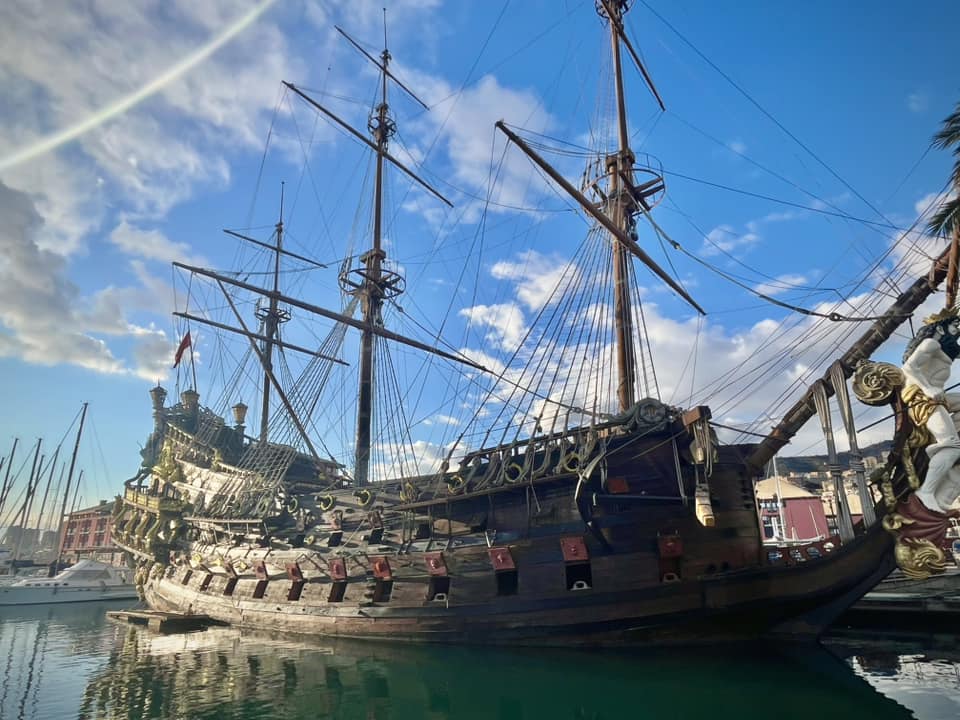
Aquarium of Genoa
The Acquario di Genova is the largest acquarium in Europe with 70 tanks housing over 12,000 animals belonging to 600 species. We didn’t make the time to go but it comes highly recommended.

Palazzo San Giorgio
You will find this colorful building just across from the harbor on the main street. The Palace of St. George is one of the most important and well-known historic buildings in Genoa. It currently houses the headquarters of the Port System Authority of the Western Ligurian Sea.
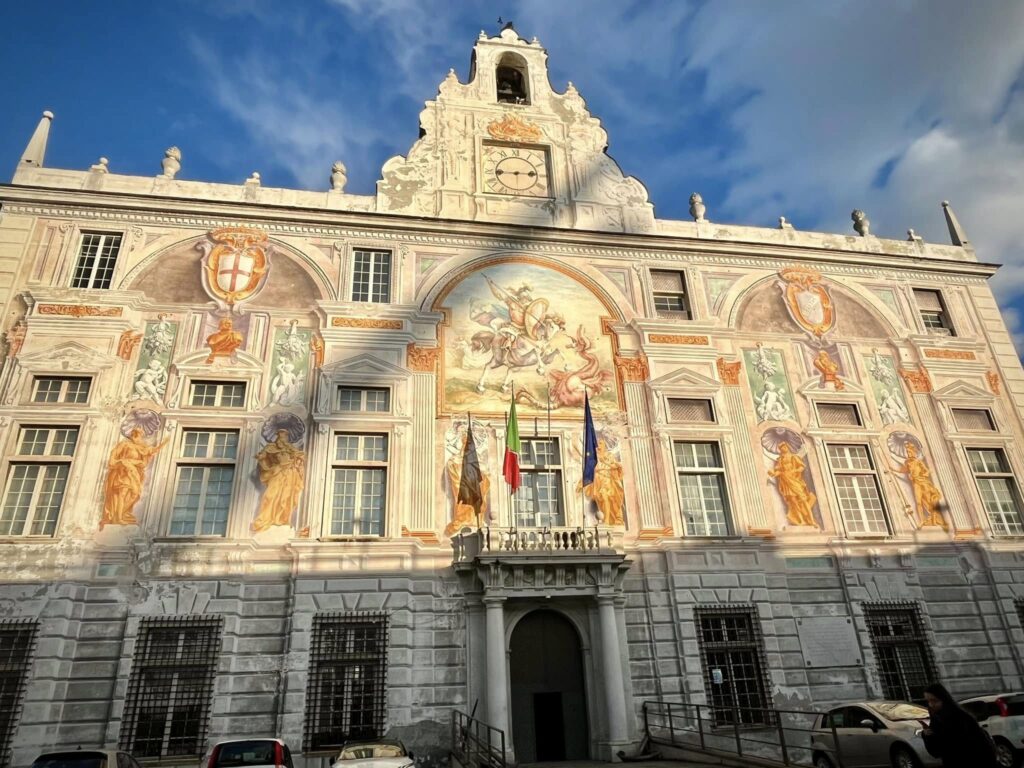
Biosphere (Biosfera)
We didn’t pay to enter but walked by this giant bubble-shaped greenhouse with a tropical ecosystem inside. It was designed by a local architect, Renzo Piano, and is filled with exotic birds, plants, and butterflies.
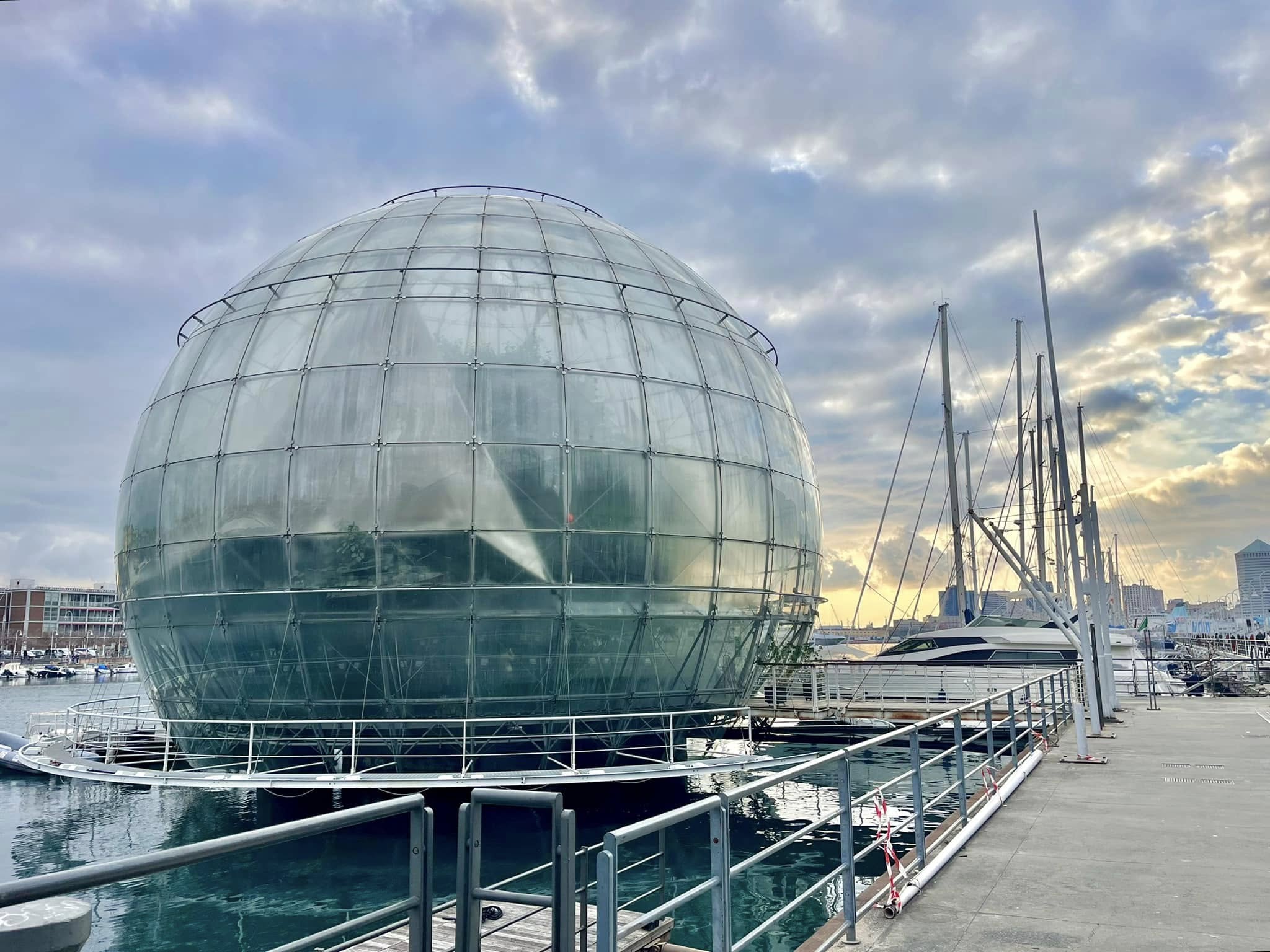
The Bigo
The Bigo is another of Renzo Piano’s additions to the city skyline. Its name comes from the cranes once used for loading and unloading ships. The Bigo is now a spider-like construction that has a cylindrical lift that rises 40 meters. Offering nice views of the harbor and city, the elevator lifts while spinning around slowly and then comes back down. We didn’t manage to do the lift but watched it from a nearby restaurant.

The long arms of the Bigo support the structure and a covered pavilion area where there is a skating rink in winter and other cultural or sporting events during the rest of the year.
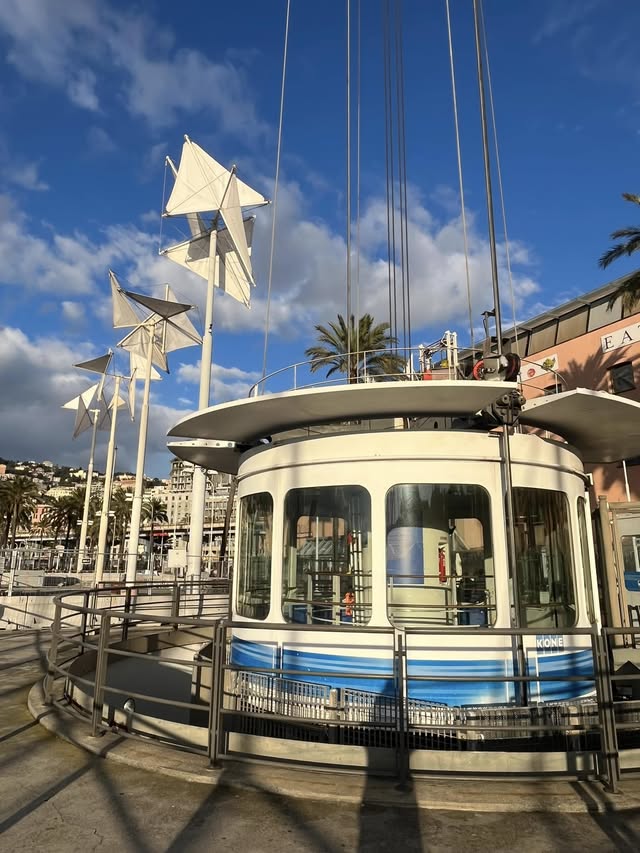
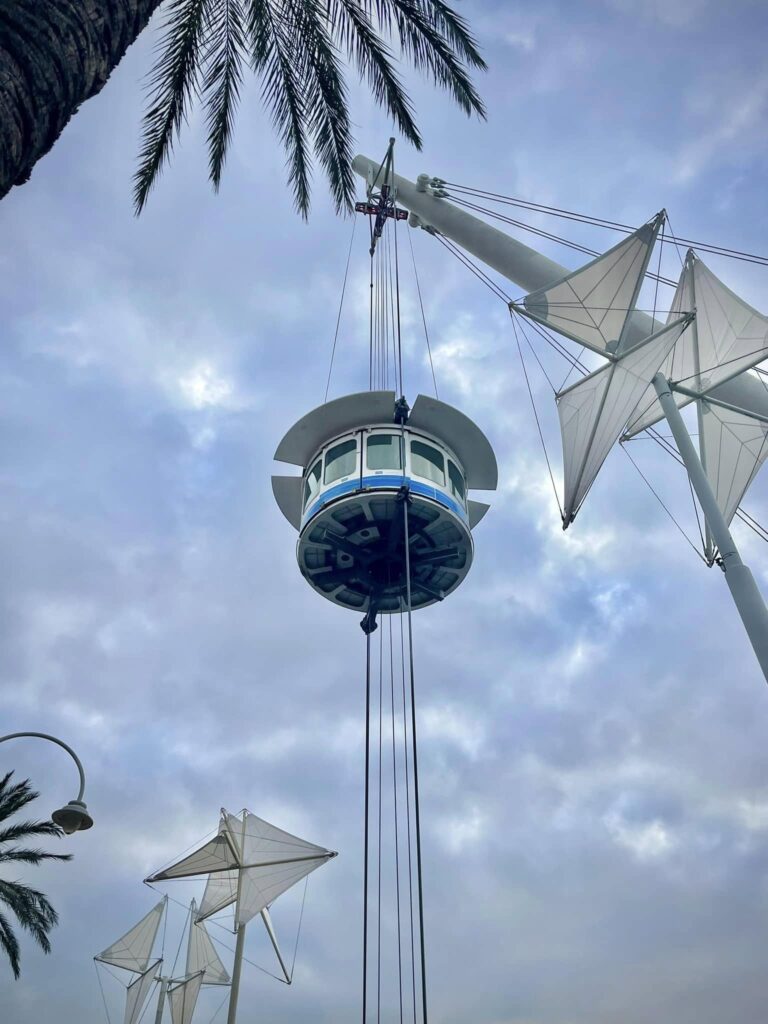
San Lorenzo Cathedral
The Cathedral of Saint Lawrence is a Roman Catholic cathedral dedicated to Saint Lawrence (San Lorenzo). The cathedral was built in 1098 and consecrated in 1118. I loved the black, gray, and while stripes, both outside and inside.
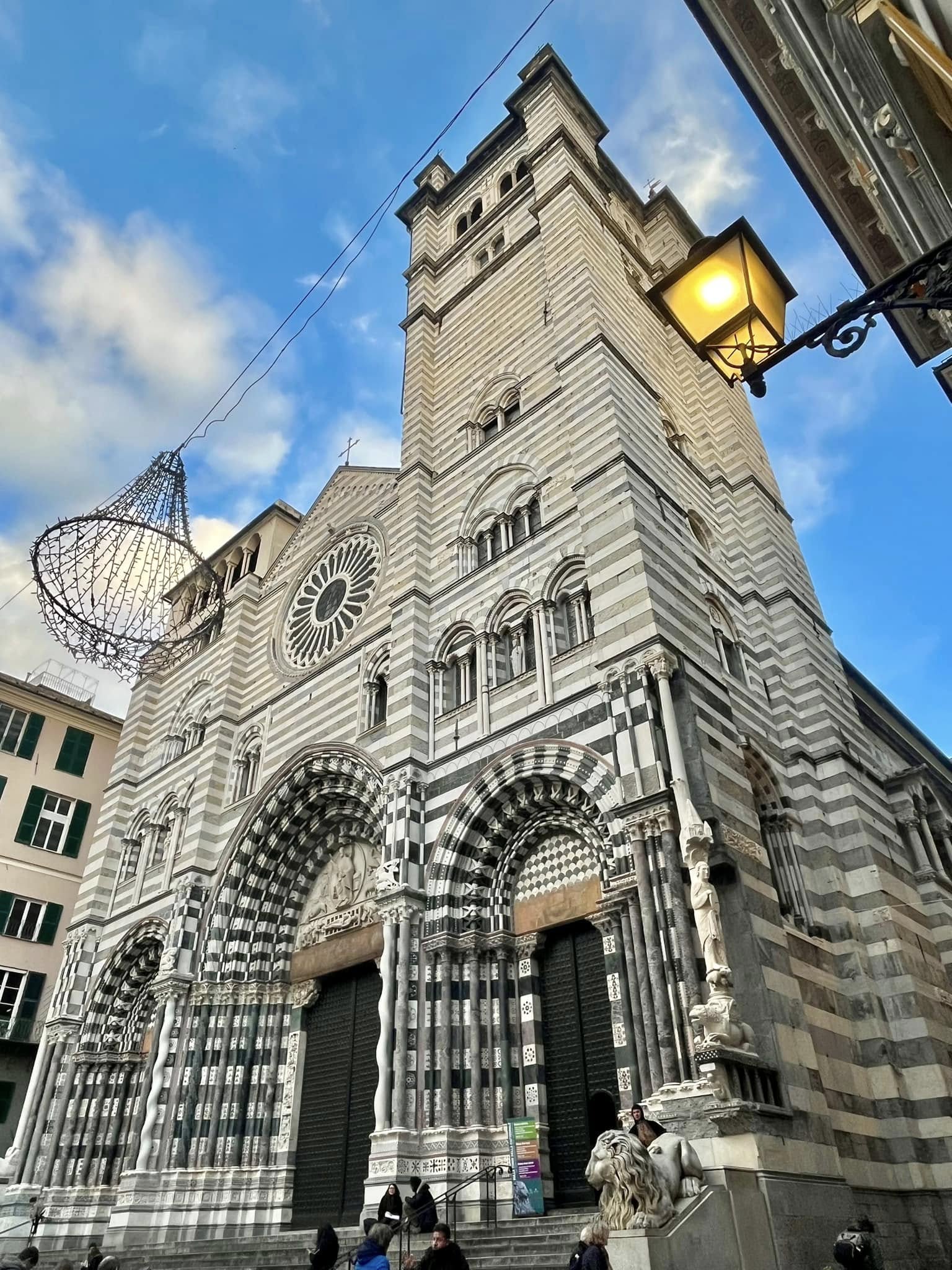

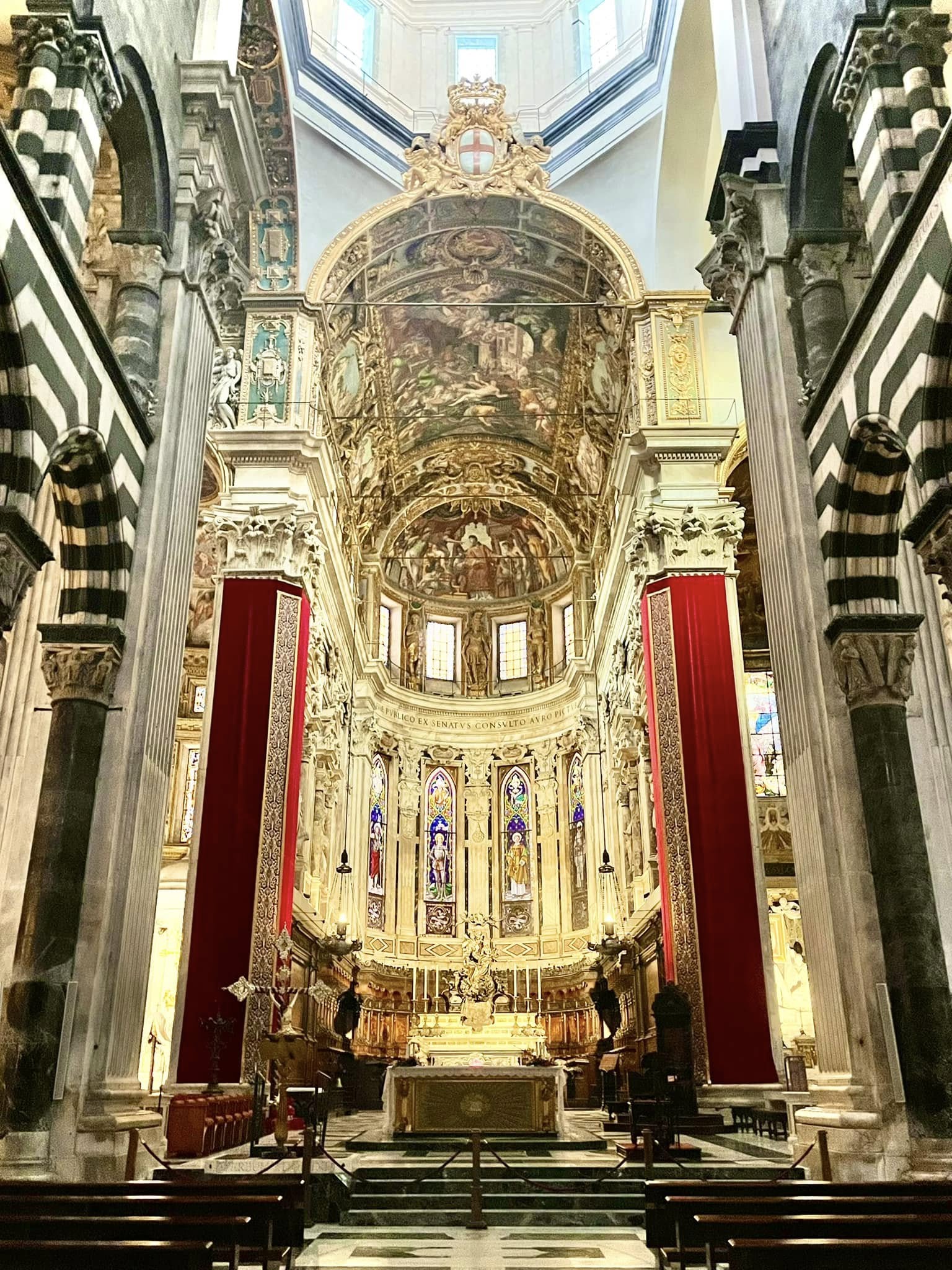
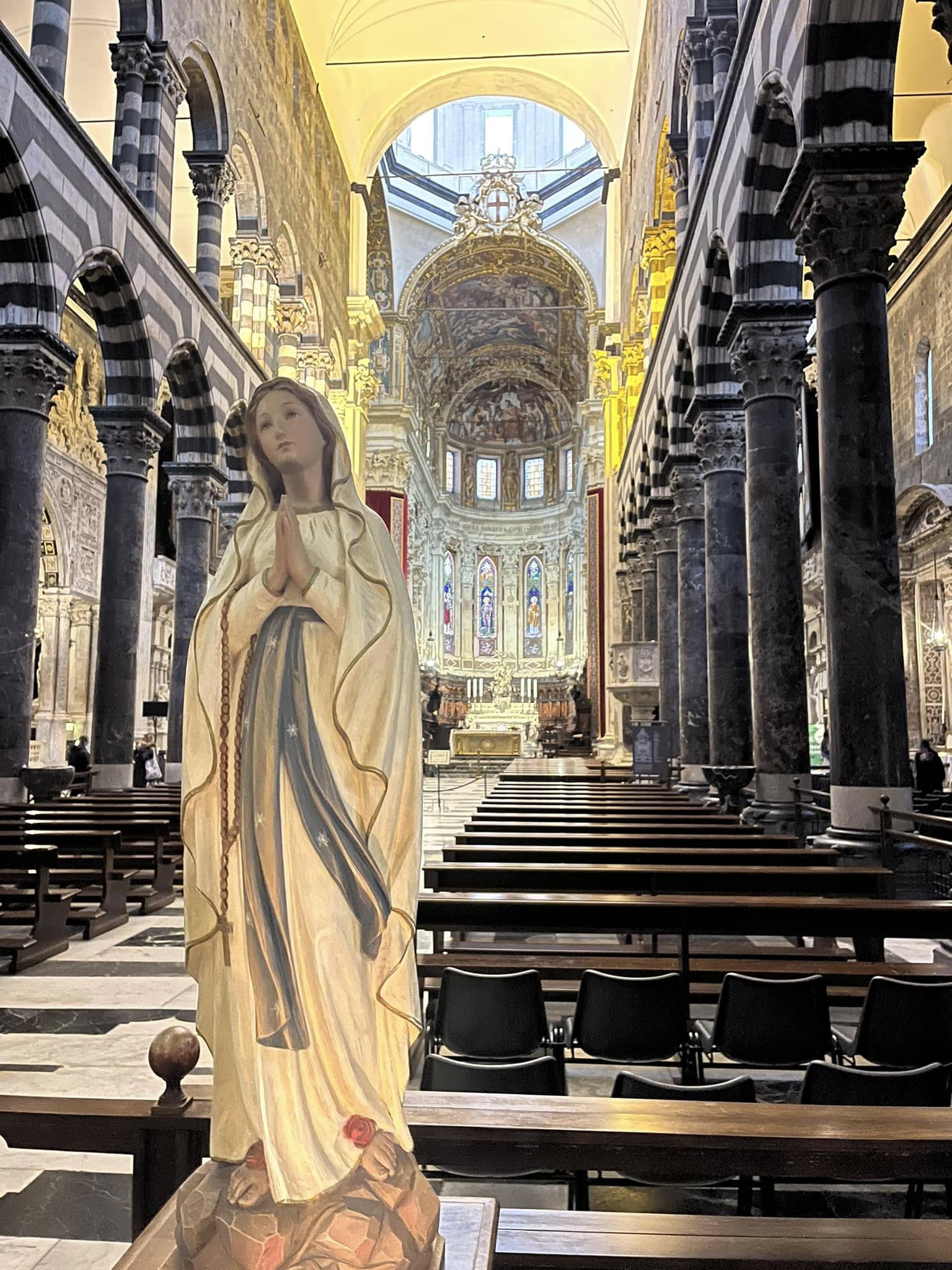
Doge’s Palace
Doge’s Palace (Palazzo Ducale) is one of the historic symbols of the city of Genoa. It was built in 1298 and was the residence of the Doge since 1339. Today it is the main cultural center of the city. Throughout the year, the Palazzo Ducale offers exhibitions, conferences, meetings, festivals, shows, and educational activities.
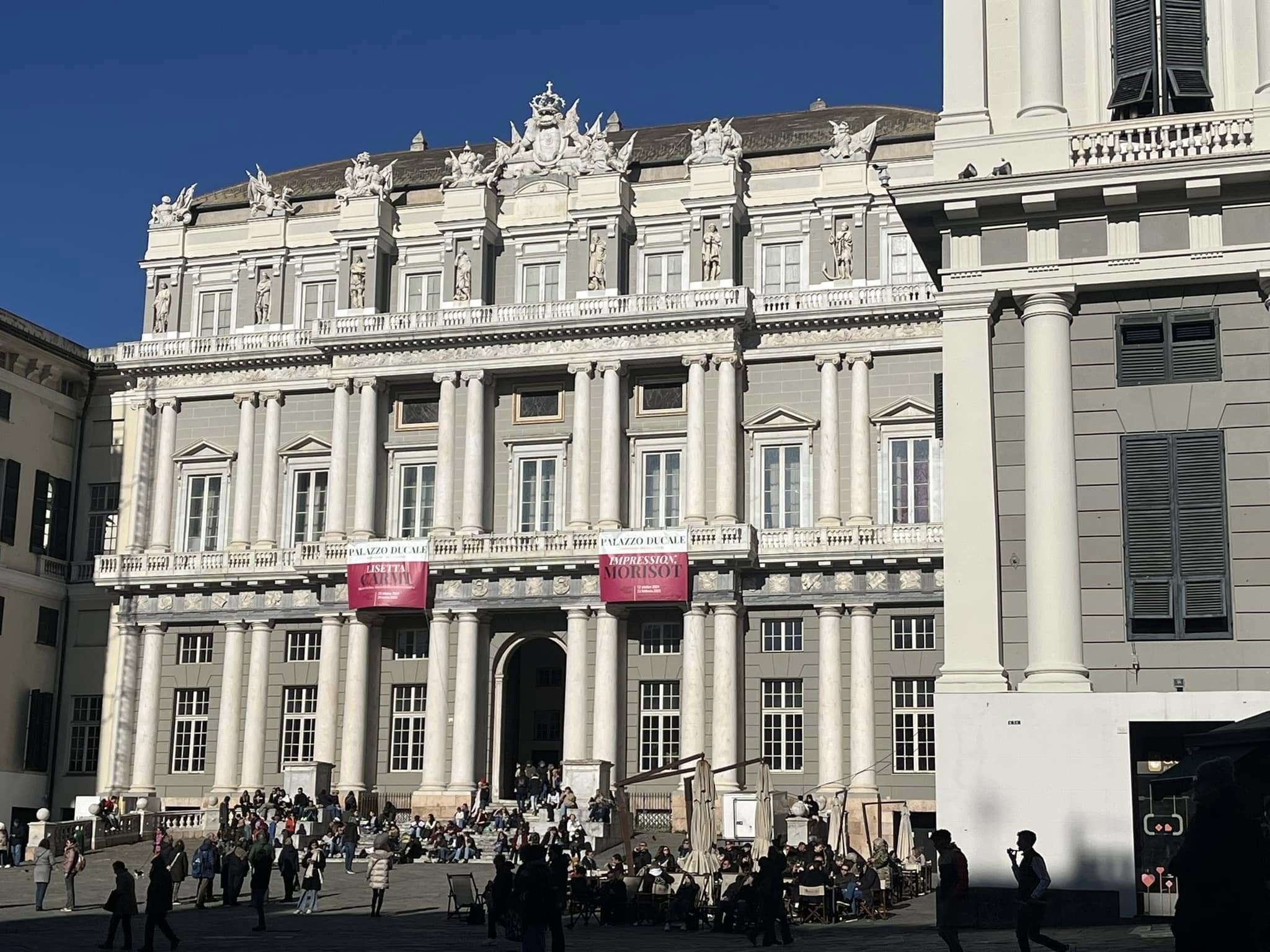
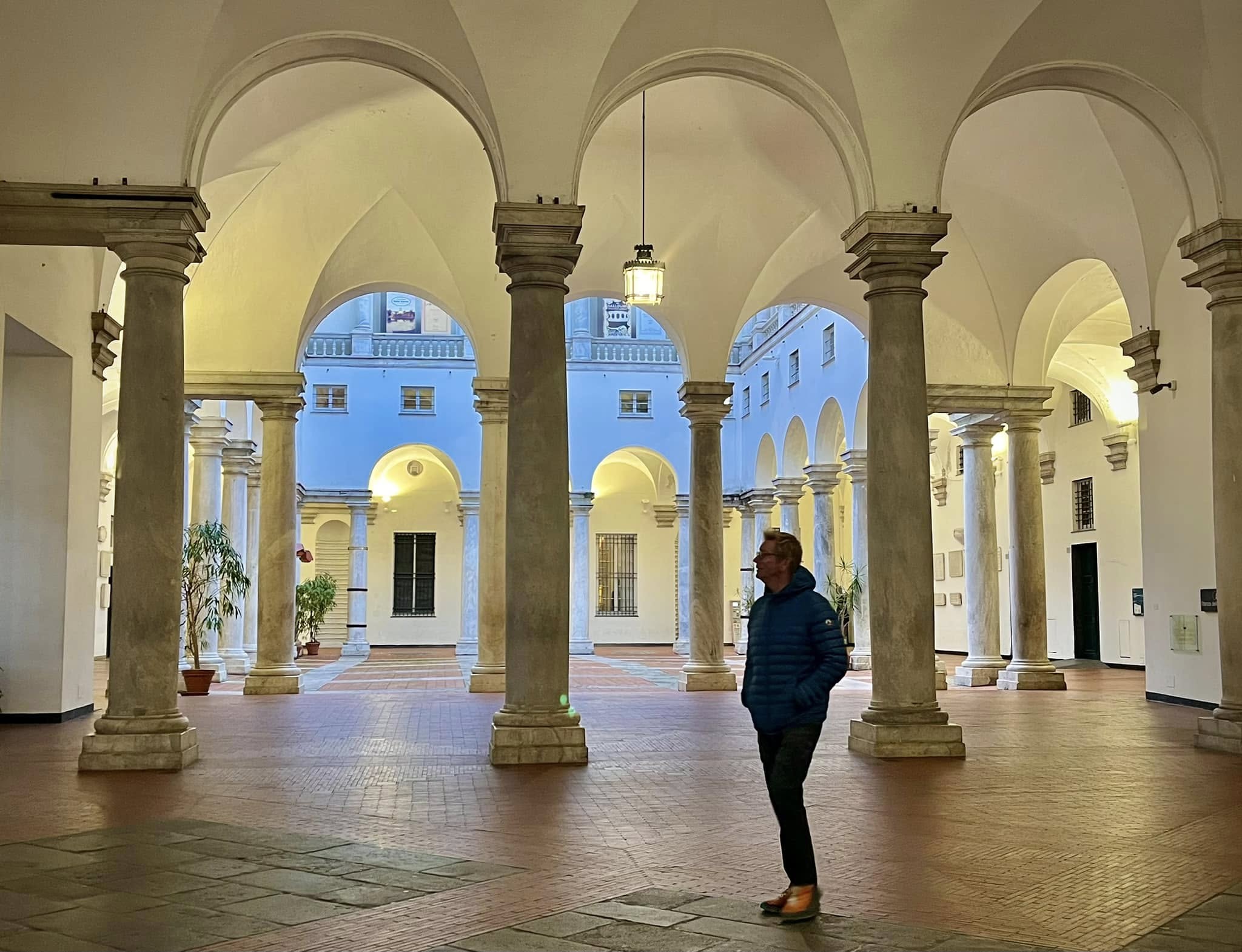
Piazza De Ferrari
One of my favorite places in the city was this vibrant square with a huge water fountain. We passed it several times during the three days. Be sure to see it in daylight as well as at night when it is lit up.
The square is named after Raffaele De Ferrari, a politician and banker who in 1875 donated a considerable sum for the enlargement of the port.
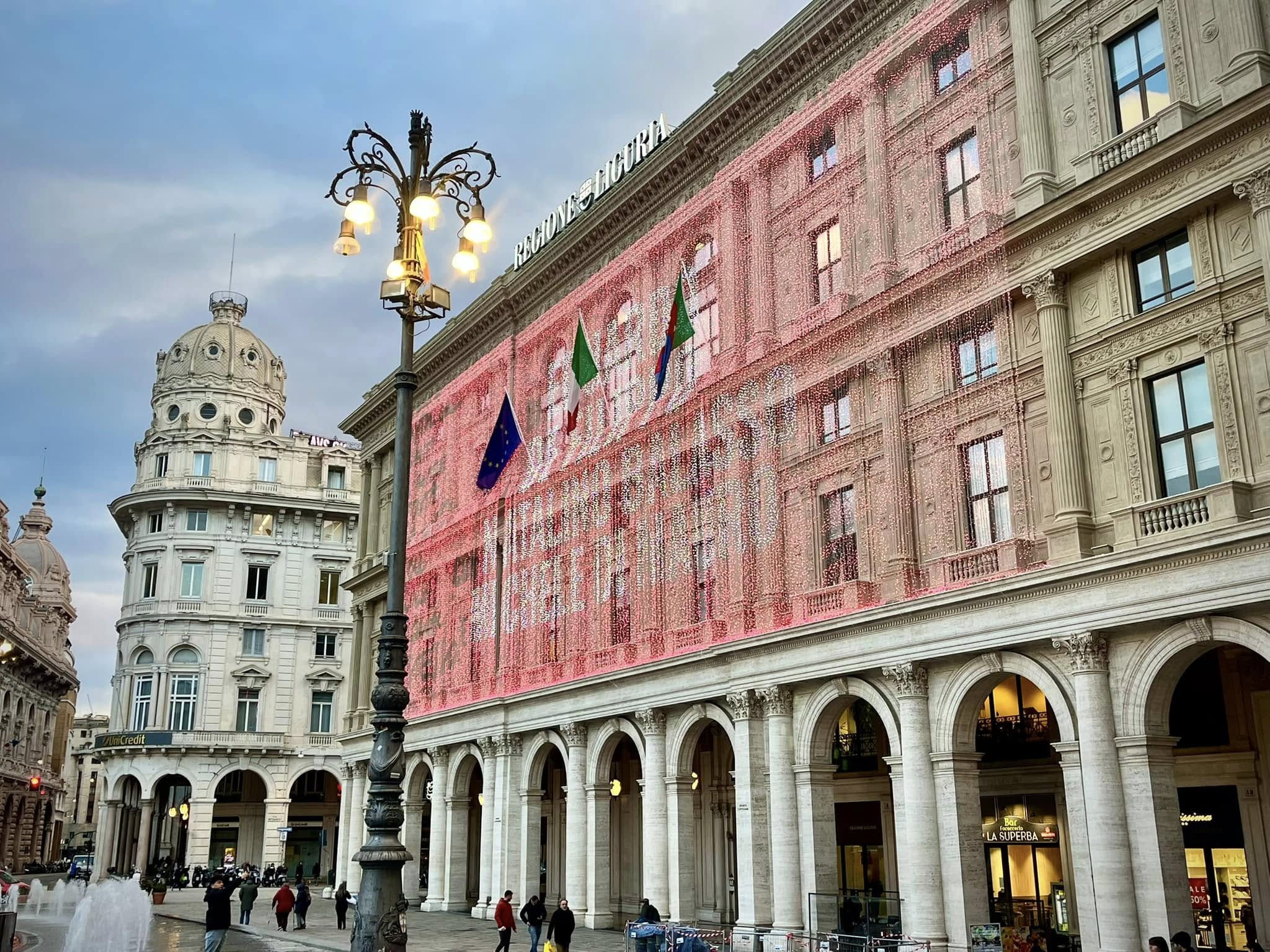
In the center of the square is a beautiful circular bronze fountain, built in 1936 by the architect Cesare Crosa di Vergagni and donated by the Piaggio family. Additional water features were added to the fountain in 2001.
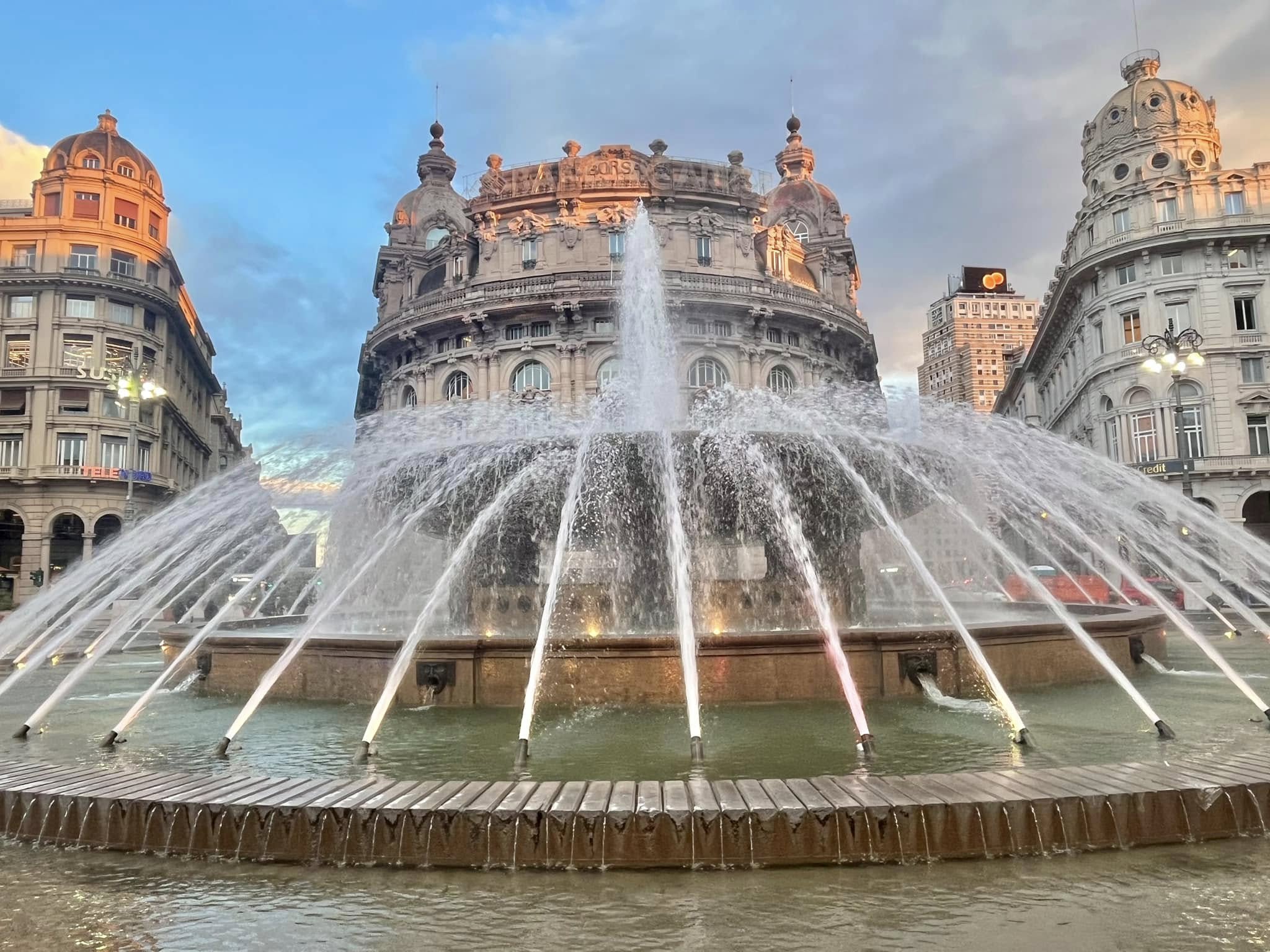
Basilica Della Santissima Annunziata del Vastato
This Catholic cathedral is widely acclaimed as the city’s most beautiful church. Built initially in 1520, the construction was halted in 1537, and in 1591 the Lomellini family continued the construction. In the early 17th century rich Baroque decoration was added. The church was damaged by Allied bombings during World War II.
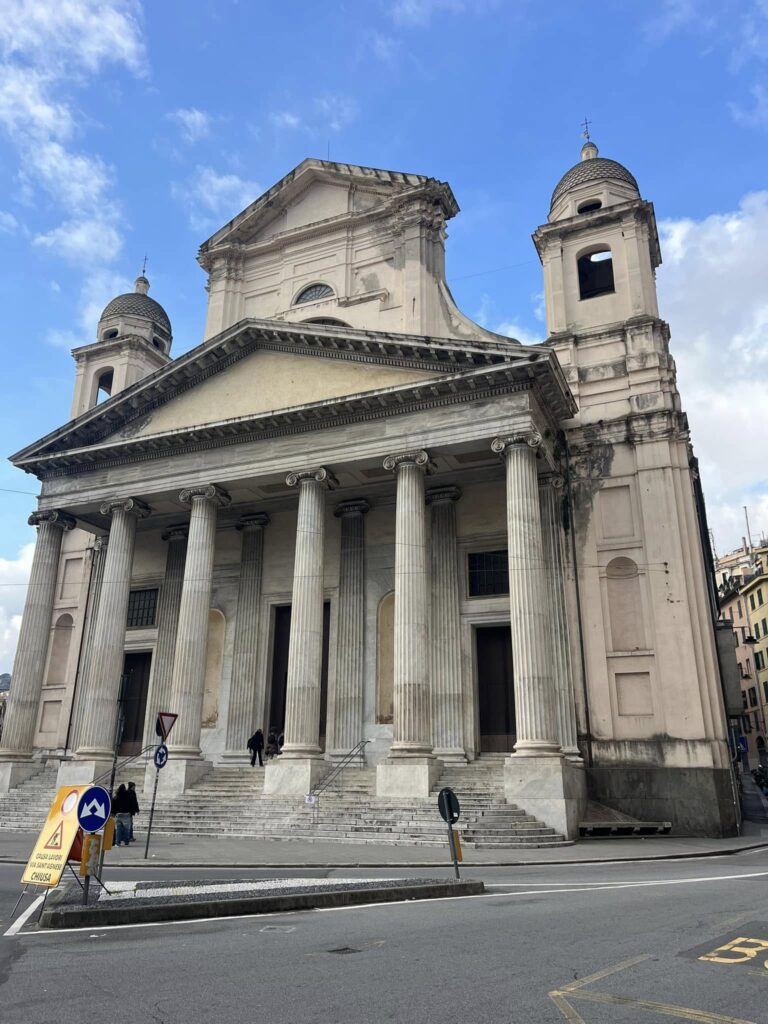
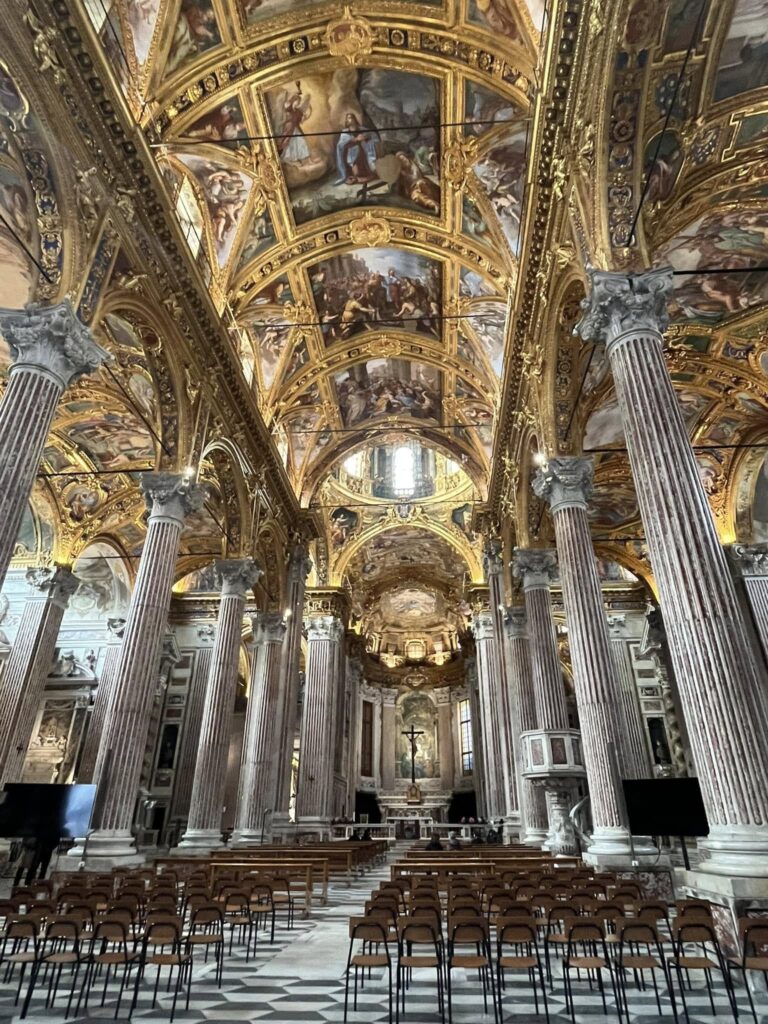
Day 2
Castello d’Albertis
We had to hike up the hillside to see the Albertis Castle, built between 1886 and 1892. It was once the residence of Captain D’Albertis. In 1932, the castle was turned into the Museo delle Culture del Mondo (Museum of World Cultures). The gardens around the castle are lovely and offer great views of the city and port of Genoa.
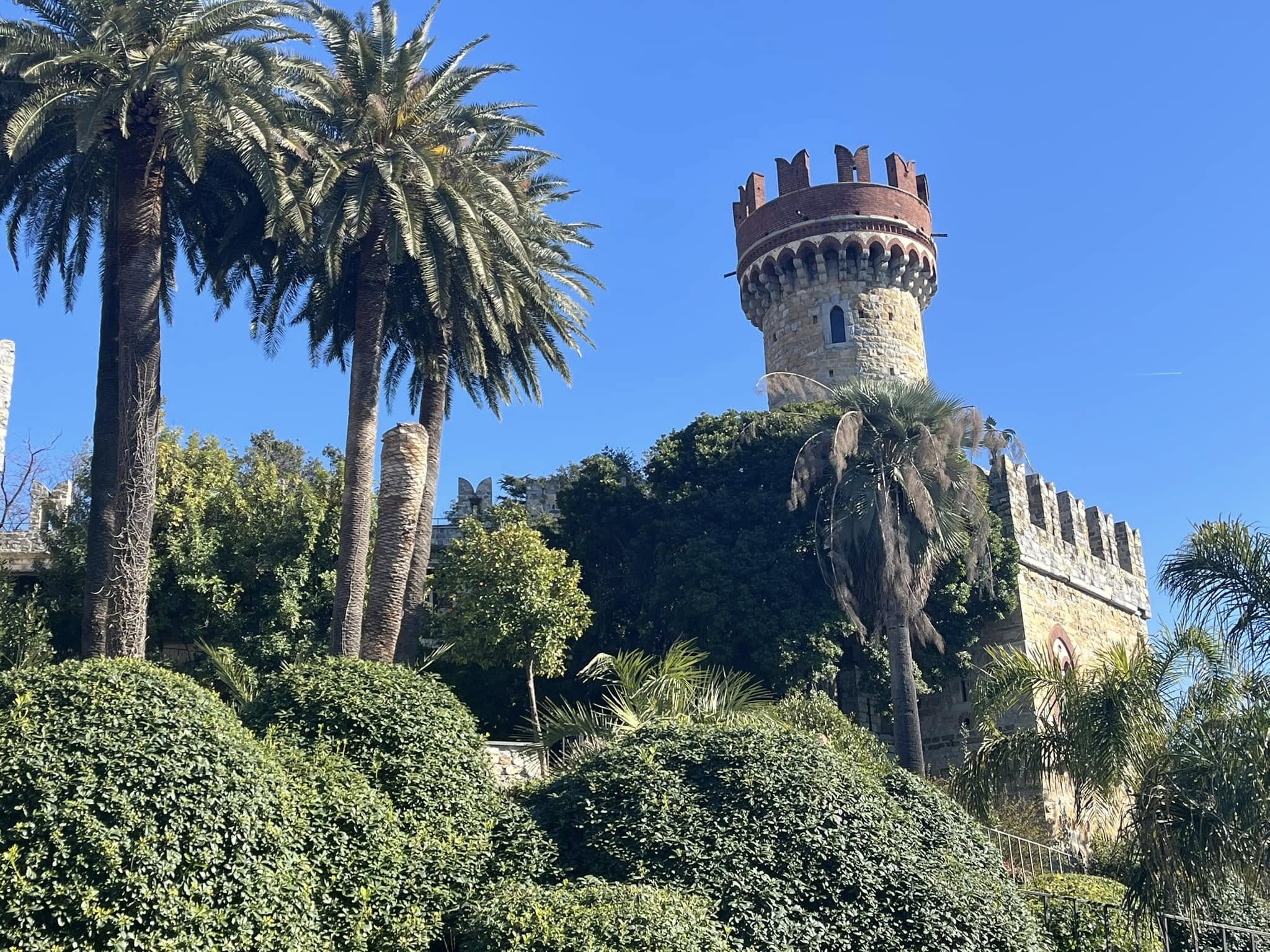
Spianata Castelletto
Spianata Castelletto, also known as Belvedere Luigi Montaldo, is a wonderful place to get a panoramic view of the city, harbor, and surrounding hills.
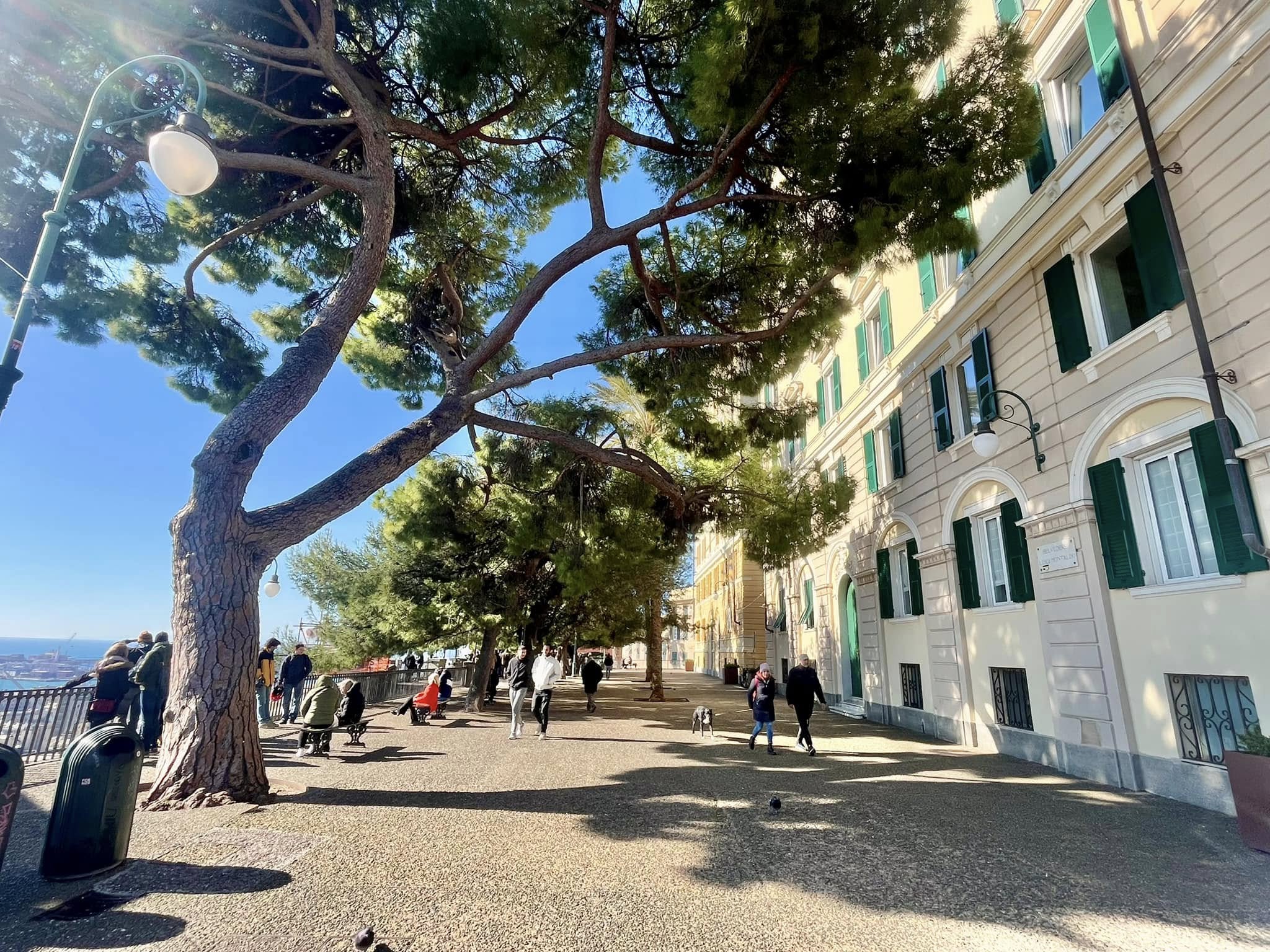
If you don’t want to climb the steep hill, you can opt to take the liberty elevator from Piazza Portello to Spianata in a few seconds.
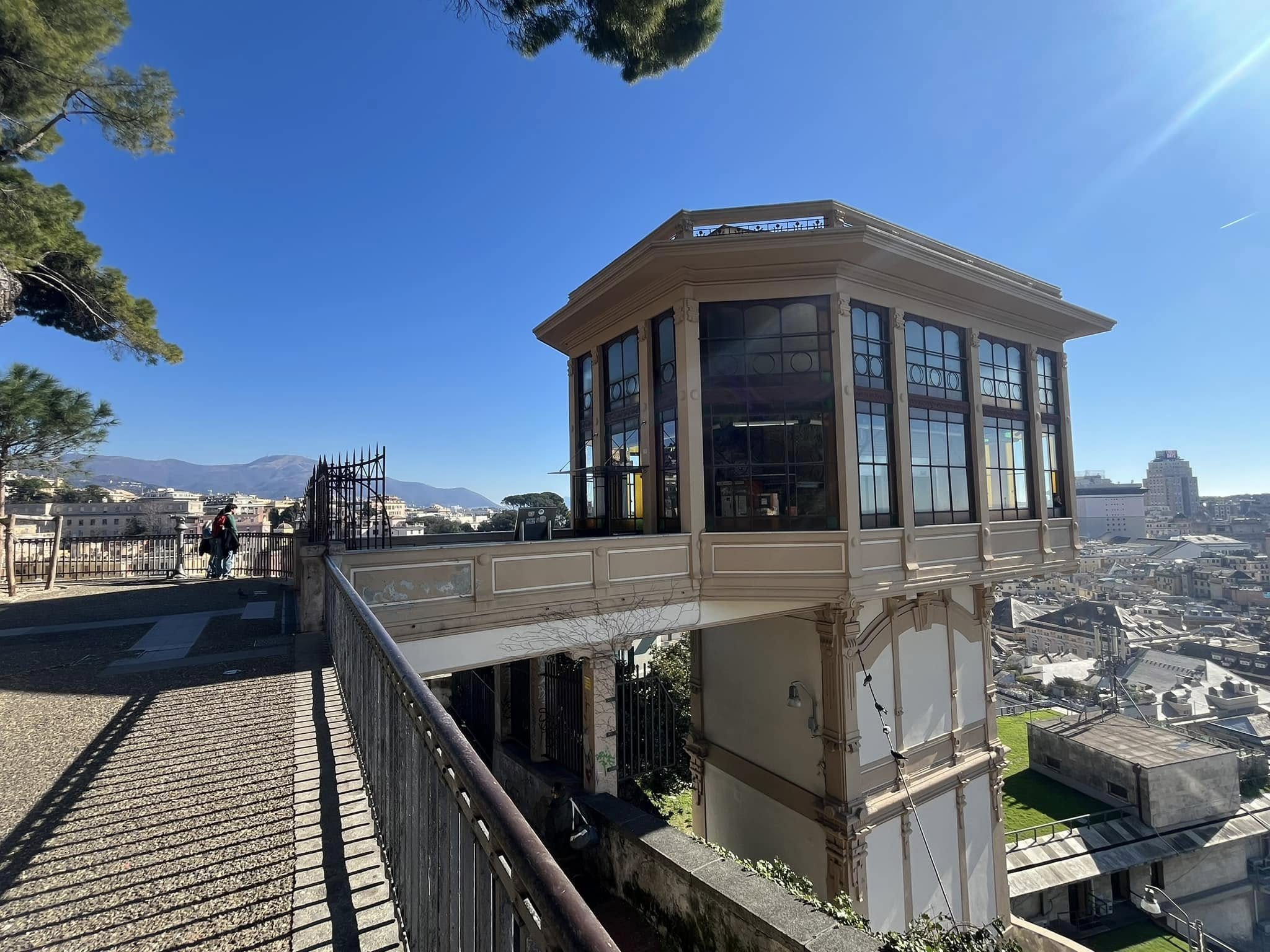
Christopher Columbus House
I had this place on my list to see but funny enough, we passed it three times without spotting it. The Casa de Cristóbal Colón is located near the Porta Soprana gate, just outside the medieval walls. They say it is most likely an 18th-century reconstruction of the original building, where Christopher Columbus spent his youth. It is believed the navigator and discoverer of America lived here between 1455 and 1470.
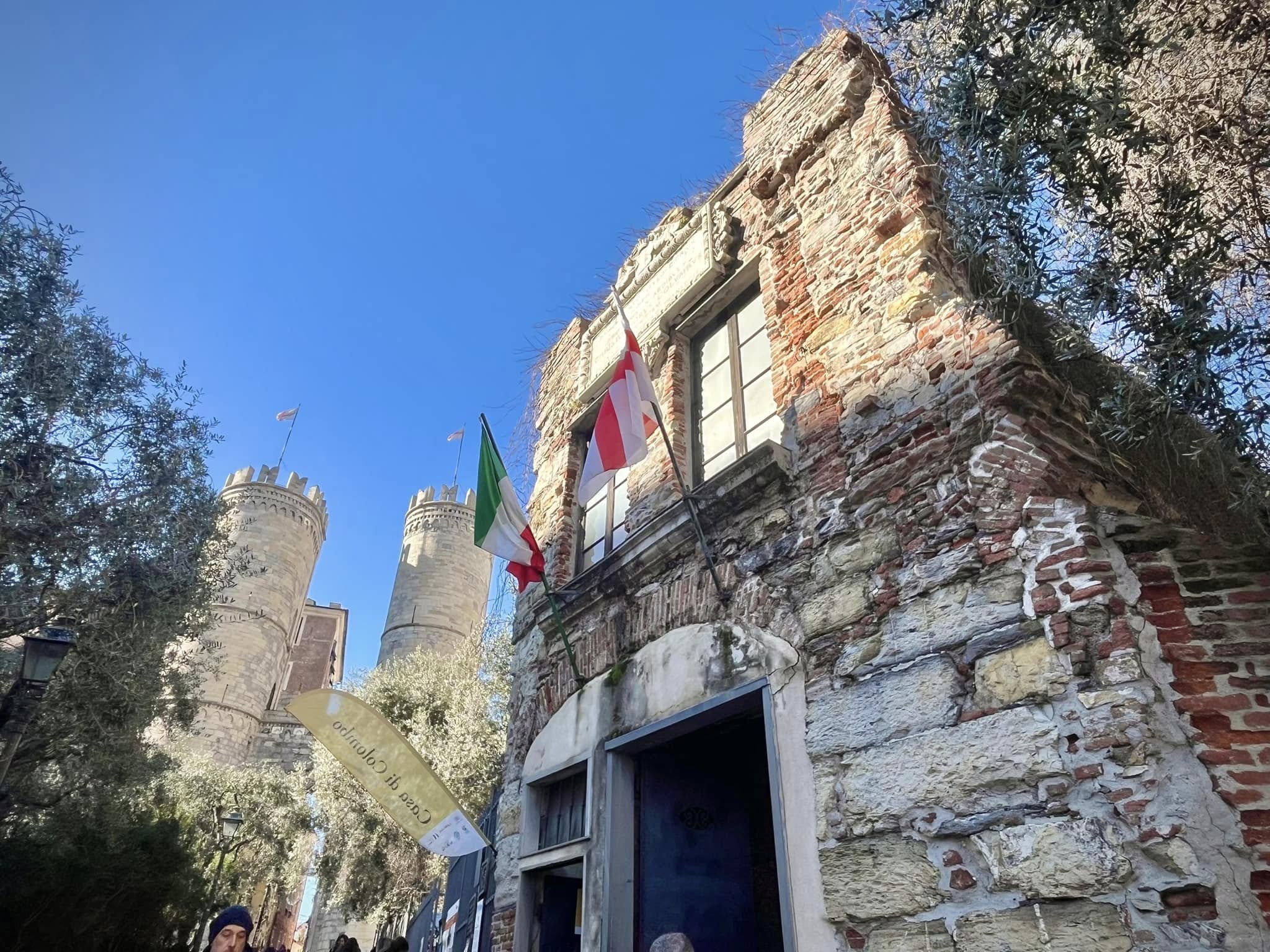
St. Andrew Cloister
Next to the Christopher Columbus house is the St. Andrew Cloister. The cloister belonged to the monastery of St. Andrew, founded in the early 11th century. It was a Benedictine monastery inhabited by nuns who belonged to the most distinguished families of the city. After the demolition of the monastery in 1905, the cloister was dismantled and was the only architectural structure to be saved during the demolition.
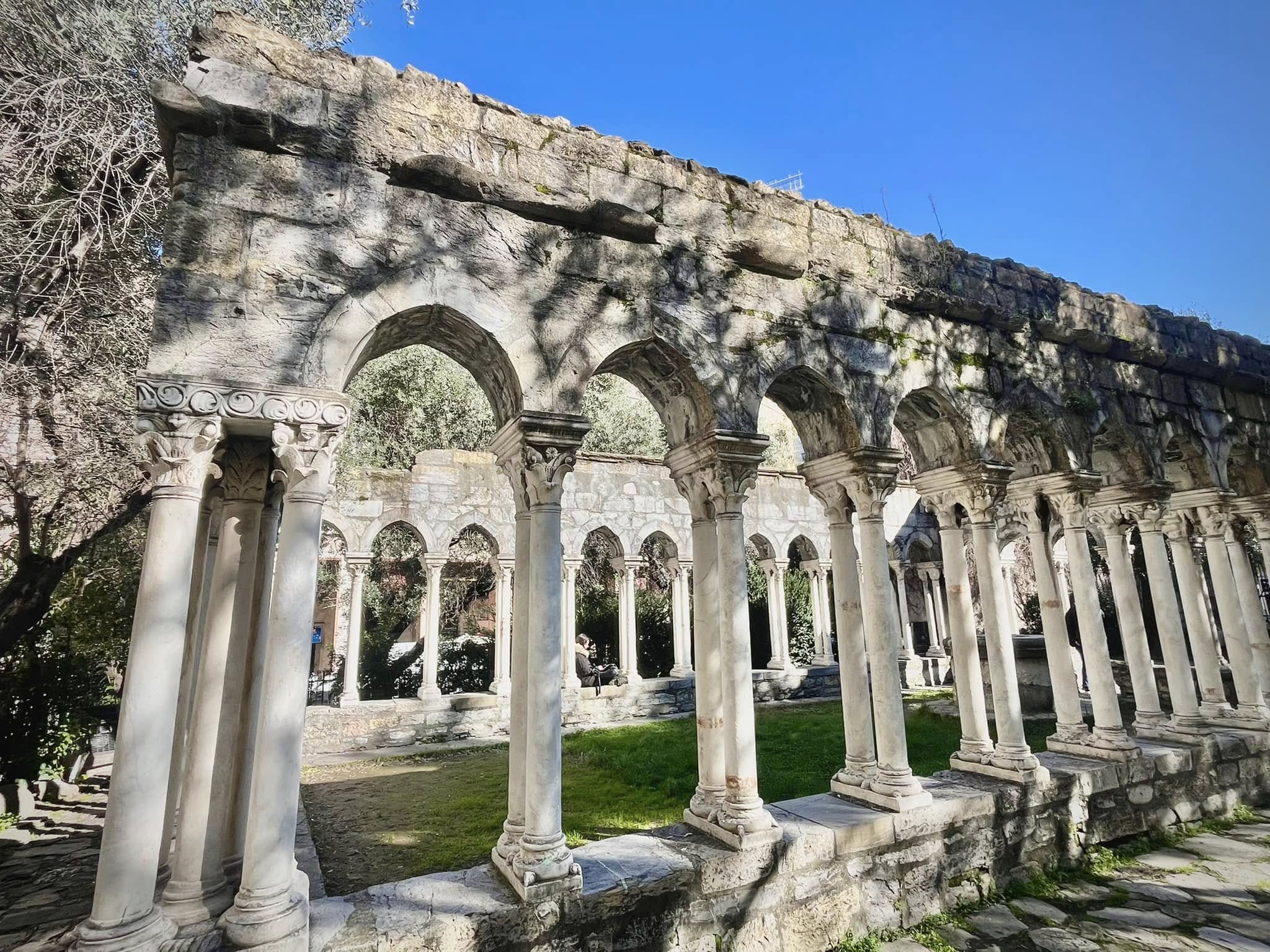
Santi Ambrogio e Andre Catholic Church
The church of Jesus in Genoa (Church of Santi Ambrogio and Andrea) was constructed in the late 16th century and is located in the city center near Piazza De Ferrari. The history of this church dates back to the 6th century when the Milanese clergy sought refuge in Genoa due to the Lombard persecutions.
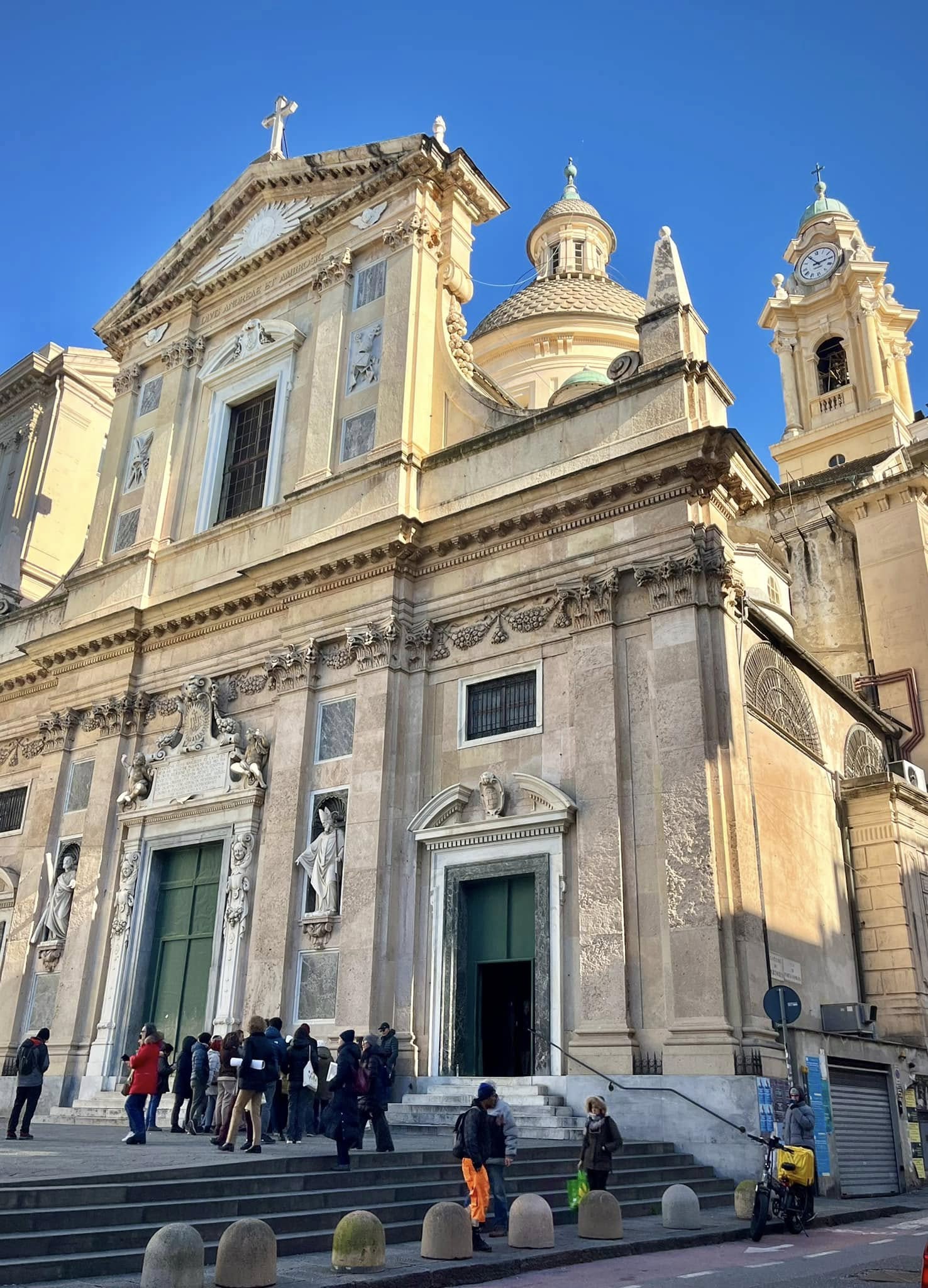
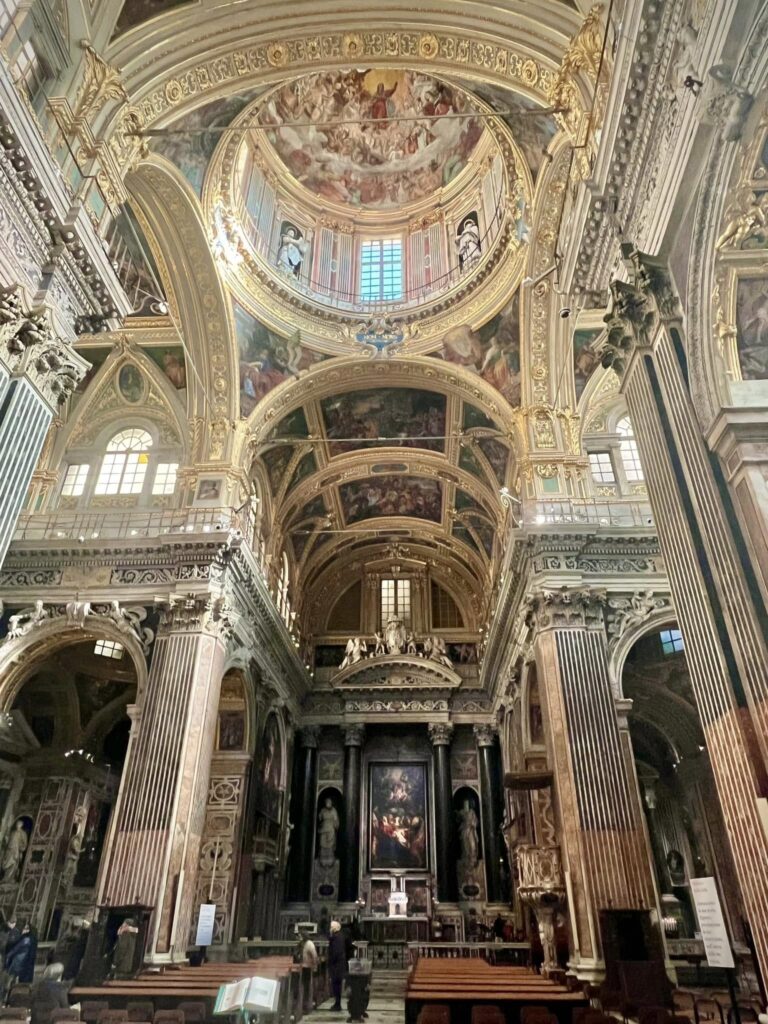
Via Garibaldi
Via Garibaldi is one of the main streets of Genoa and one of the largest in the historic center. The street had different names since its creation in 1550, but in 1882 it was renamed in honor of Giuseppe Garibaldi. Giuseppe Maria Garibaldi was an Italian general, revolutionary and republican. He contributed to Italian unification and the creation of the Kingdom of Italy. He is considered to be one of Italy’s “fathers of the fatherland”.

You’ll delight in walking along this elegant cobbled street of 250 meters long and 7.5 meters wide. Once known for its noble palaces, it is now home to the city’s Town Hall, several museums, clubs, and historic stores. Via Garibaldi was listed as a UNESCO World Heritage Site in 2006.

XX Settembre Street
This 1 km long street was created in 1871. It was named after the event known as the Capture of Rome on 20 September 1870 which solidified a Unified Italian State. You will find many shops along this busy road.
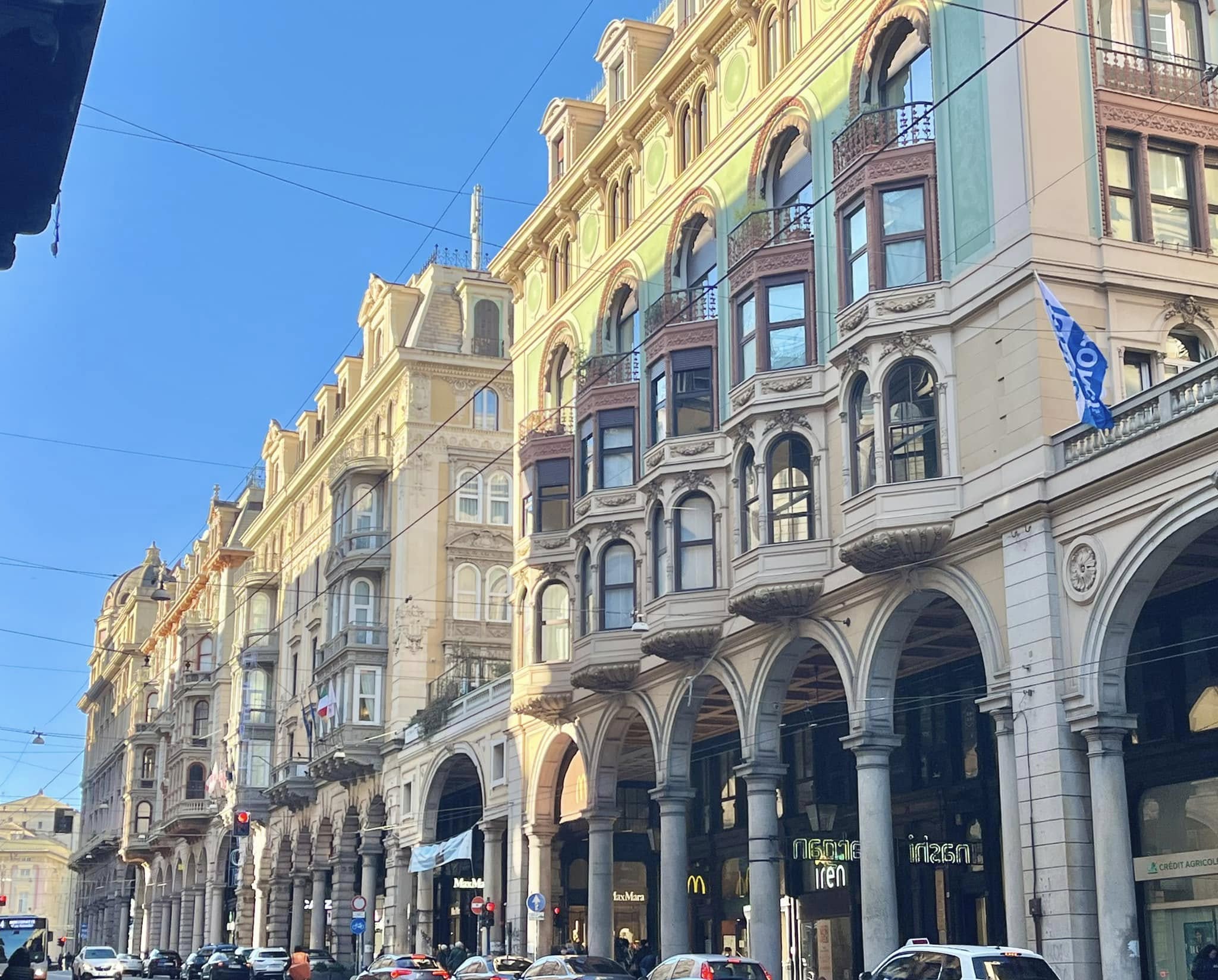
Genoa’s “walkway ceilings” typically refer to the covered walkways or arcades found along major shopping streets like Via XX Settembre and Via Garibaldi. These walkways protect pedestrians from the weather while adding to the city’s unique architectural character.
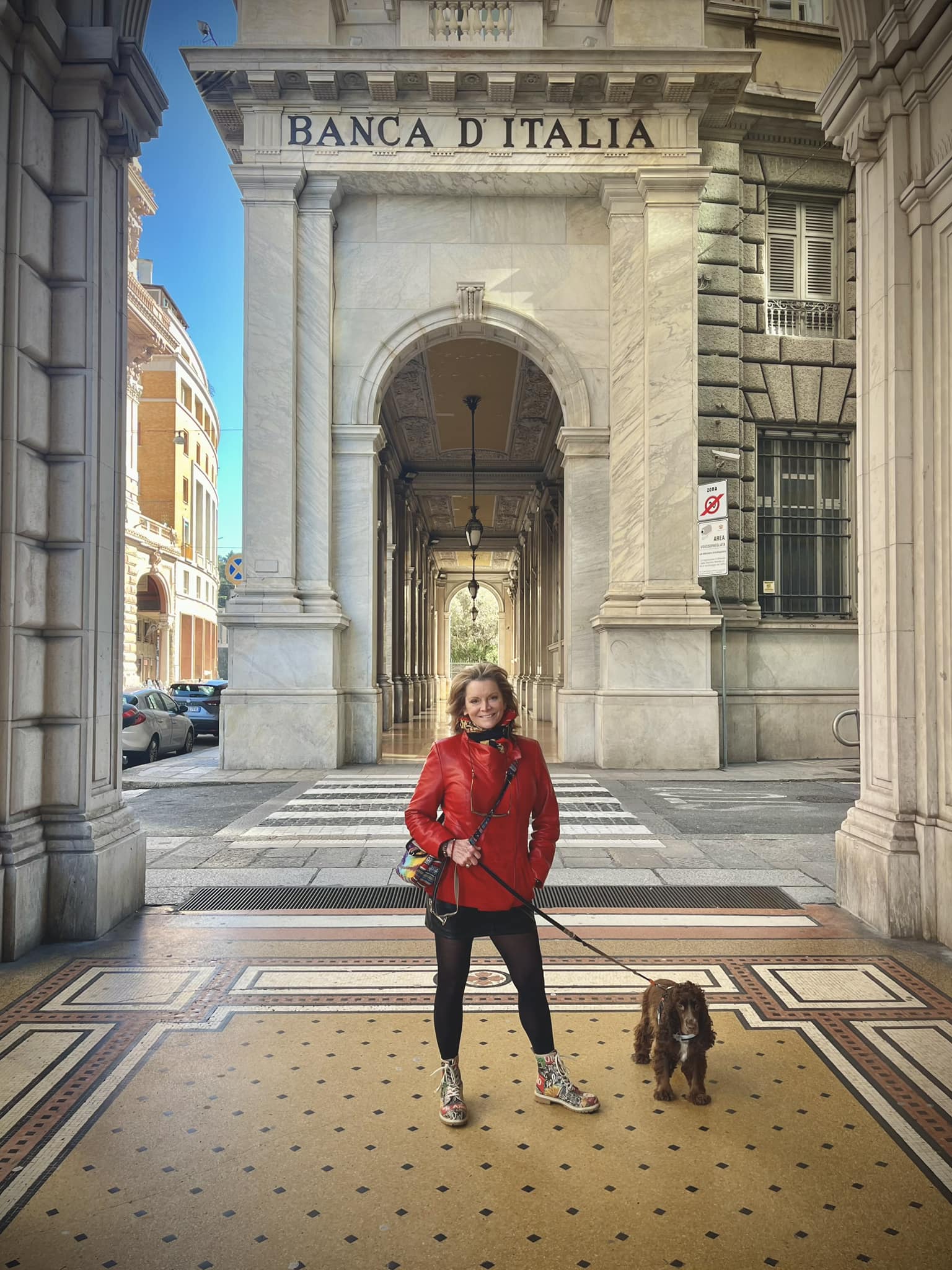

Boccadasse (near Genoa)
One of the highlights was walking from the center of Genoa for 5 kilometers (1 hour) to reach the beautiful village of Boccadasse. This village reminded me of the towns on the Cinque Terre coast of Italy.
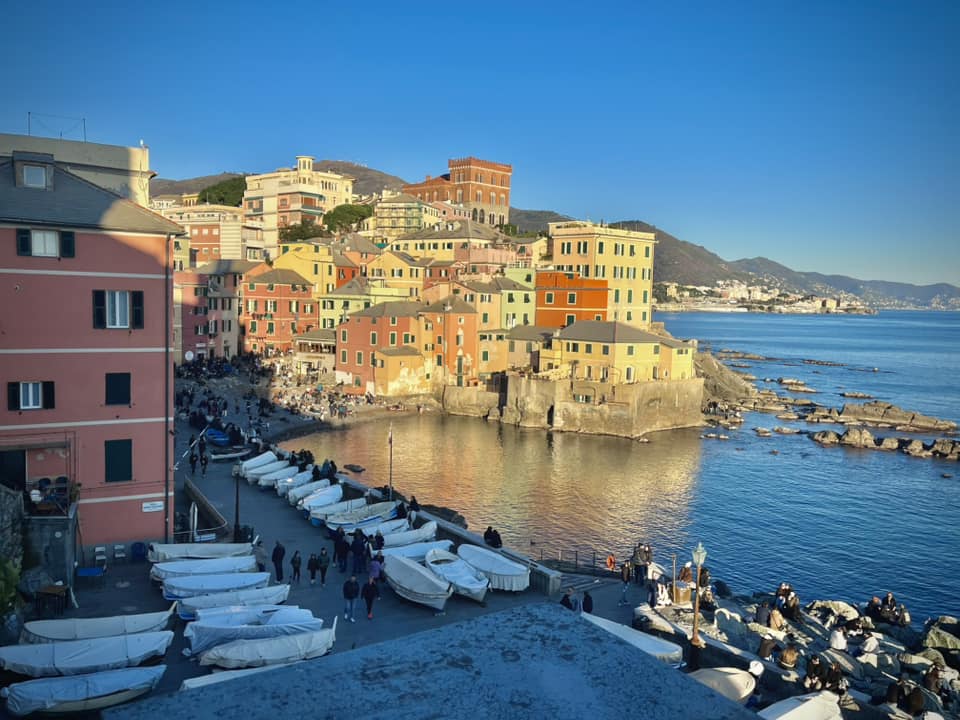
I was amazed at the many colors of the buildings in this former fishing village. We arrived at the perfect time with the golden hour of the sun starting to set.


The path between Genoa and Boccadasse was wide and very nicely decorated. It is called Corso Italia and attracts many people on a nice day. There was a dedicated bike path next to the large pedestrian walkway. I highly recommend this easy walk to see the village of Boccadesse.

Day 3
Camogli (near Genoa)
Our final day in Genoa was spent visiting a beautiful coastal village called Camogli. We drove from Genoa for 30 minutes and enjoyed the scenic walk around the colorful fishing village. There were many bars and restaurants by the water to have a drink or meal with amazing coastal views.



There was a small market selling souvenirs and local specialties. As it was a Sunday, there were many locals taking advantage of the relaxing setting.
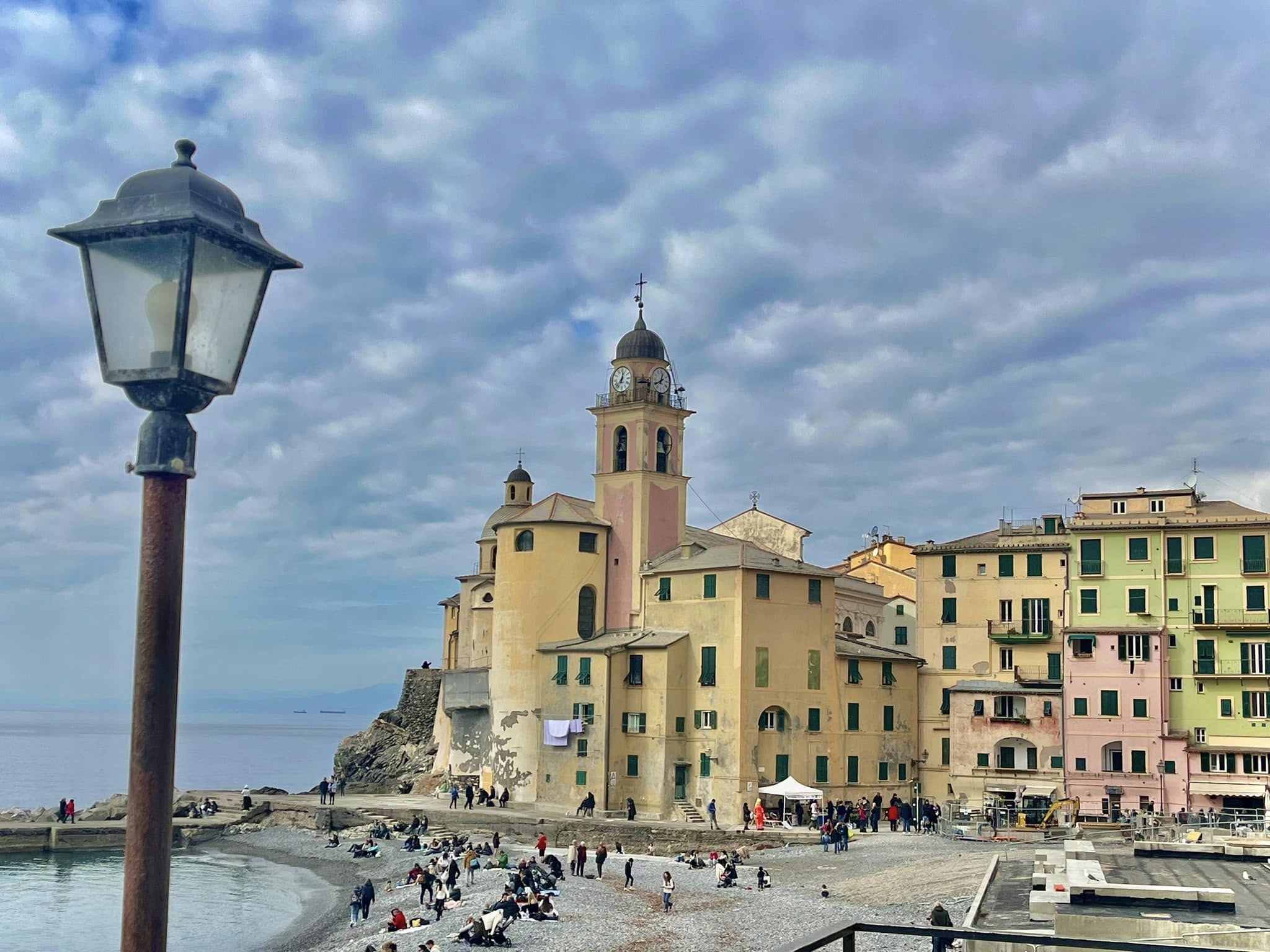

We drove back on the small coastal route and wanted to stop in the towns of Bogliasca and Nervi but couldn’t find ONE available parking spot! Be warned that parking along the coast of Italy is a nightmare, especially on weekends. It is always wiser to take the trains for this reason.
Food in Genoa
One of the delights of discovering Genoa was learning about and sampling the local food specialties. We tried the famous pesto trofie pasta at an outdoor restaurant on a sunny afternoon. I had never had this type of pasta but we bought some to bring back home.
The best place to buy authentic pesto sauce is a small store called ‘Pestobene’ where they make it fresh onsite. We stopped here before leaving town to taste the pesto foccacia (shown below) and to buy a jar of pesto.
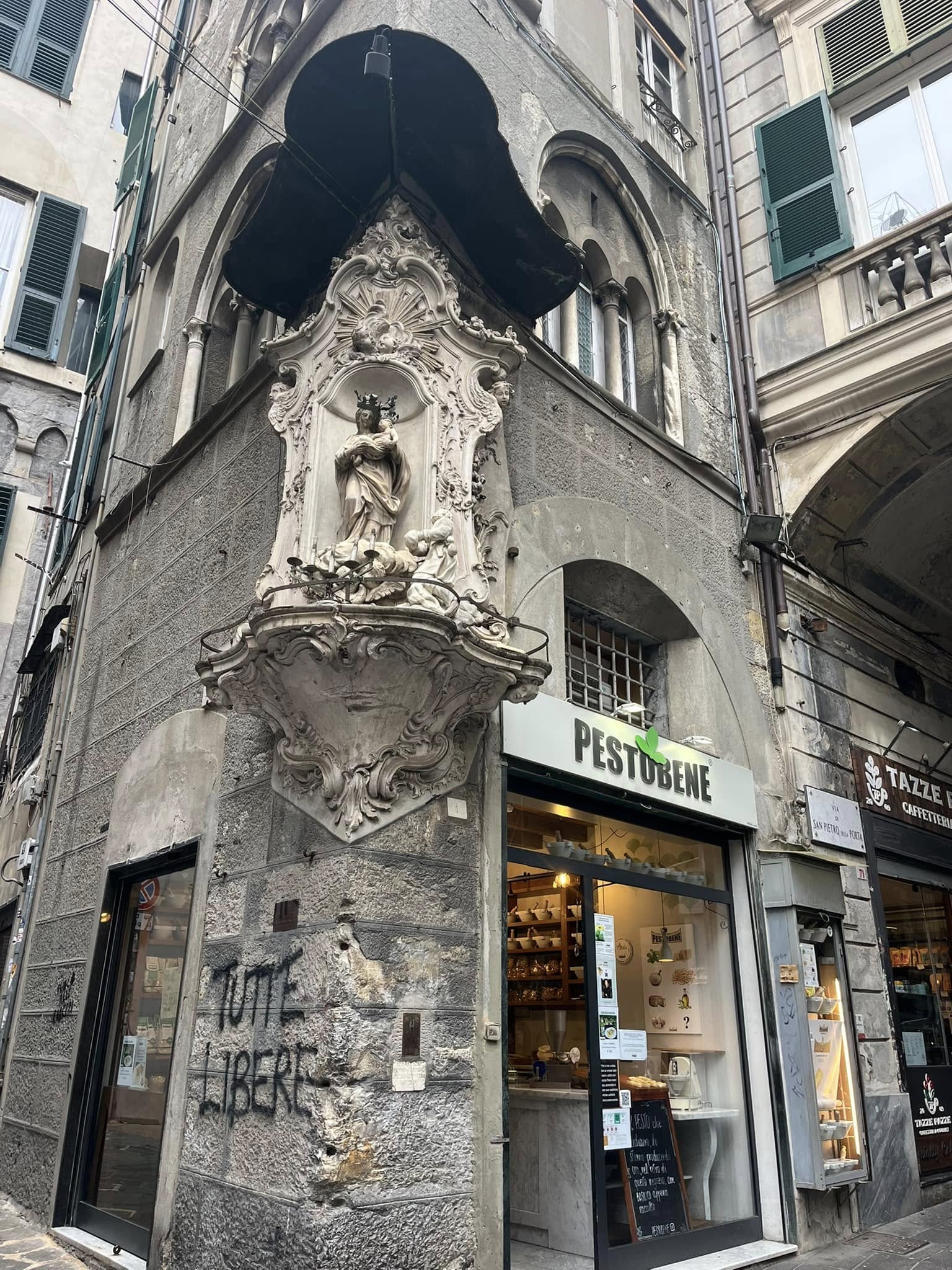
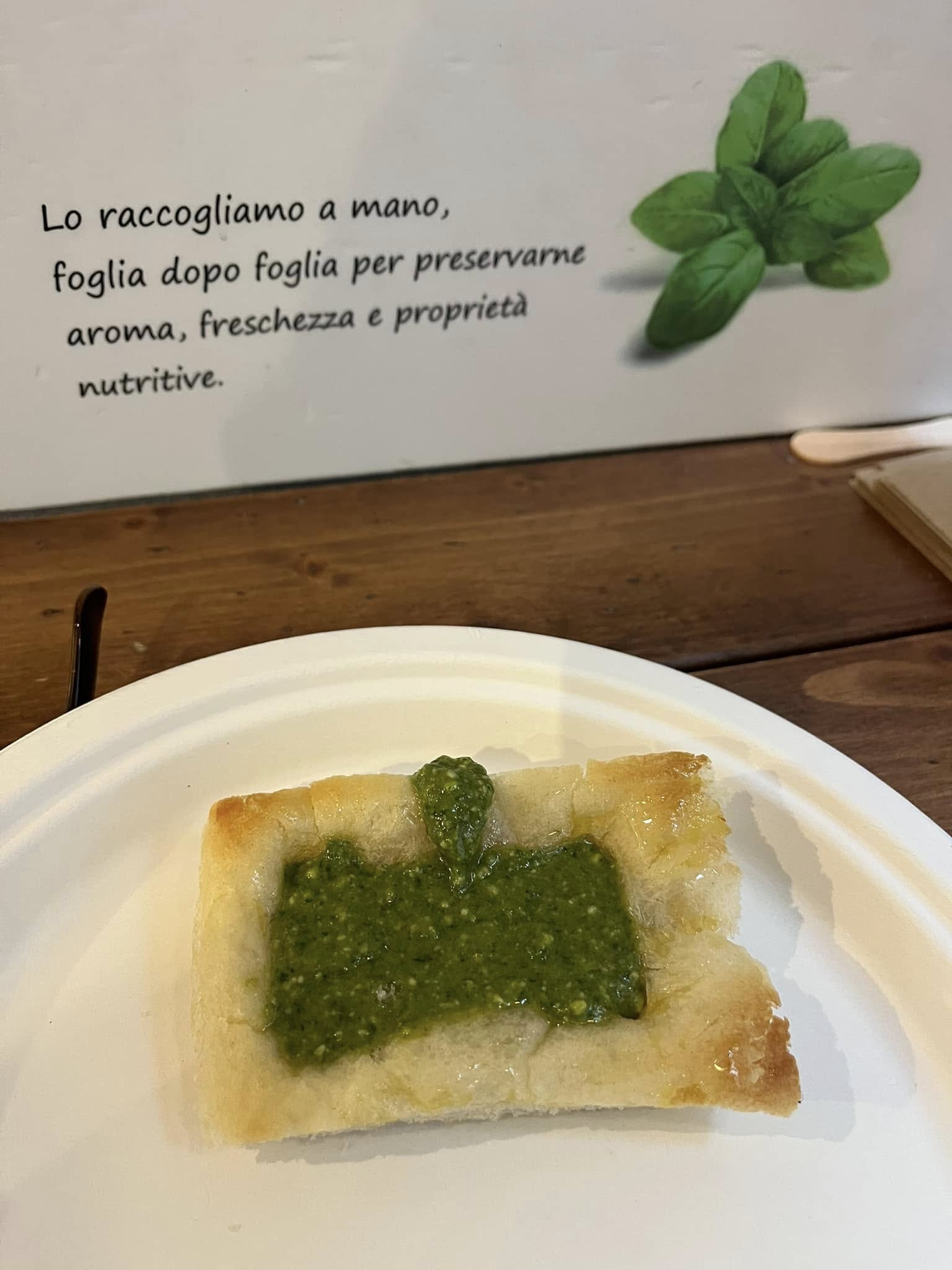
Another well-known specialty from Genoa is focaccia. We saw so many varieties of this delicious bread. I don’t know how Italians maintain their weight with the plentiful bread and pasta.

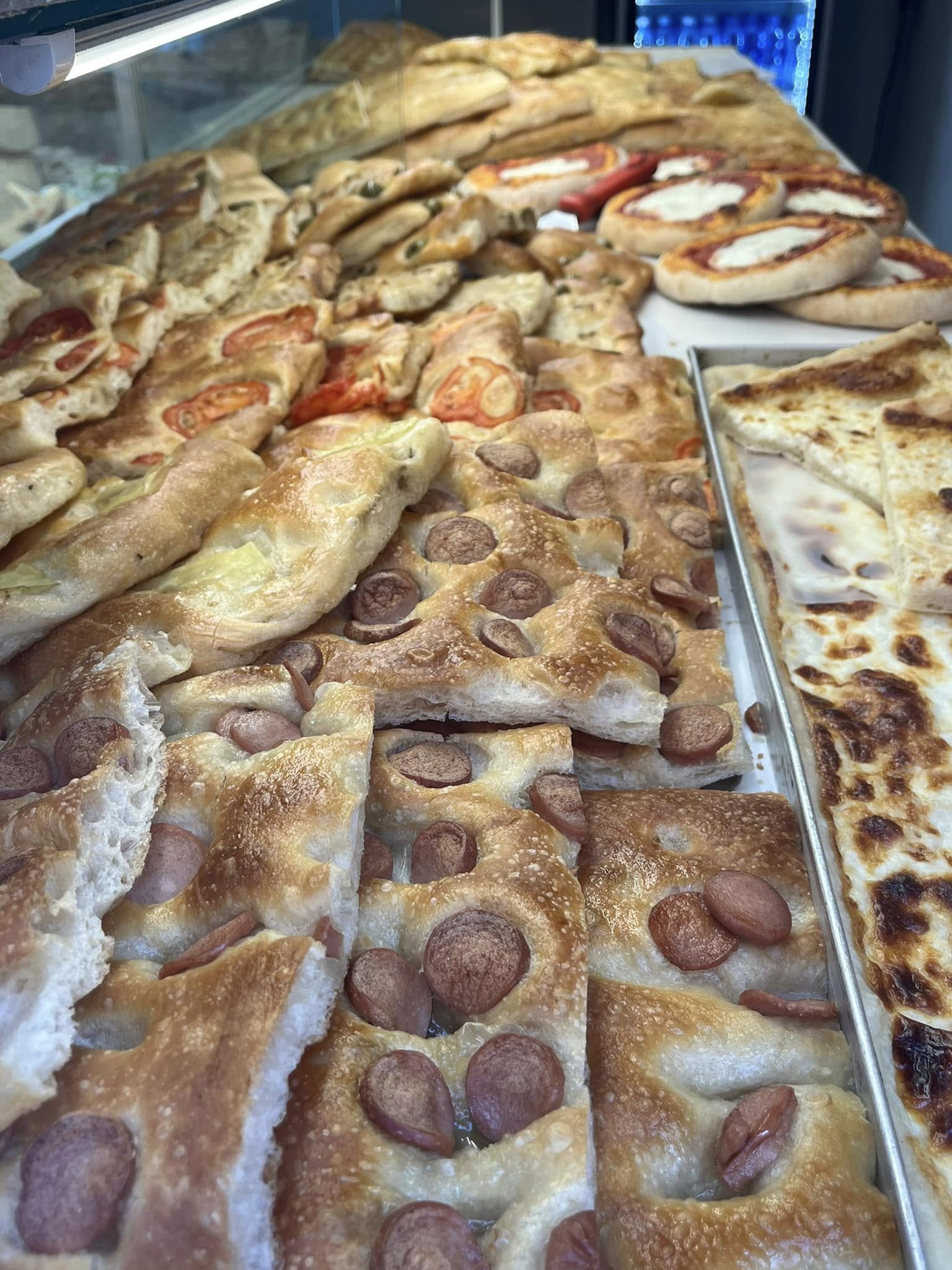
One other unique food item I saw in Genoa was a cone shaped paper container filled with seafood and called ‘fritto misto’. I didn’t try one but they did look tasty.

Summary
I hope you enjoyed learning about the wonderful city of Genoa and how to spend 3 full days seeing the highlights. I loved my short time there and would highly recommend it. February was the perfect time to visit when there were fewer tourists and the weather was cool.
For more interesting places to visit in Italy, check out my below blog posts:
- Few Hidden Gems of Italy
- Verona Italy in 2 Days
- Things to do in San Remo Italy
- Best Photo Spots in Tuscany
If you are looking for assistance to plan your next trip, I am here for YOU! I love to plan travel itineraries for myself and others. For more details on how I provide this service, please check out my Itinerary Planning page and drop me a quick email at jan@janadventures.com to get started!



